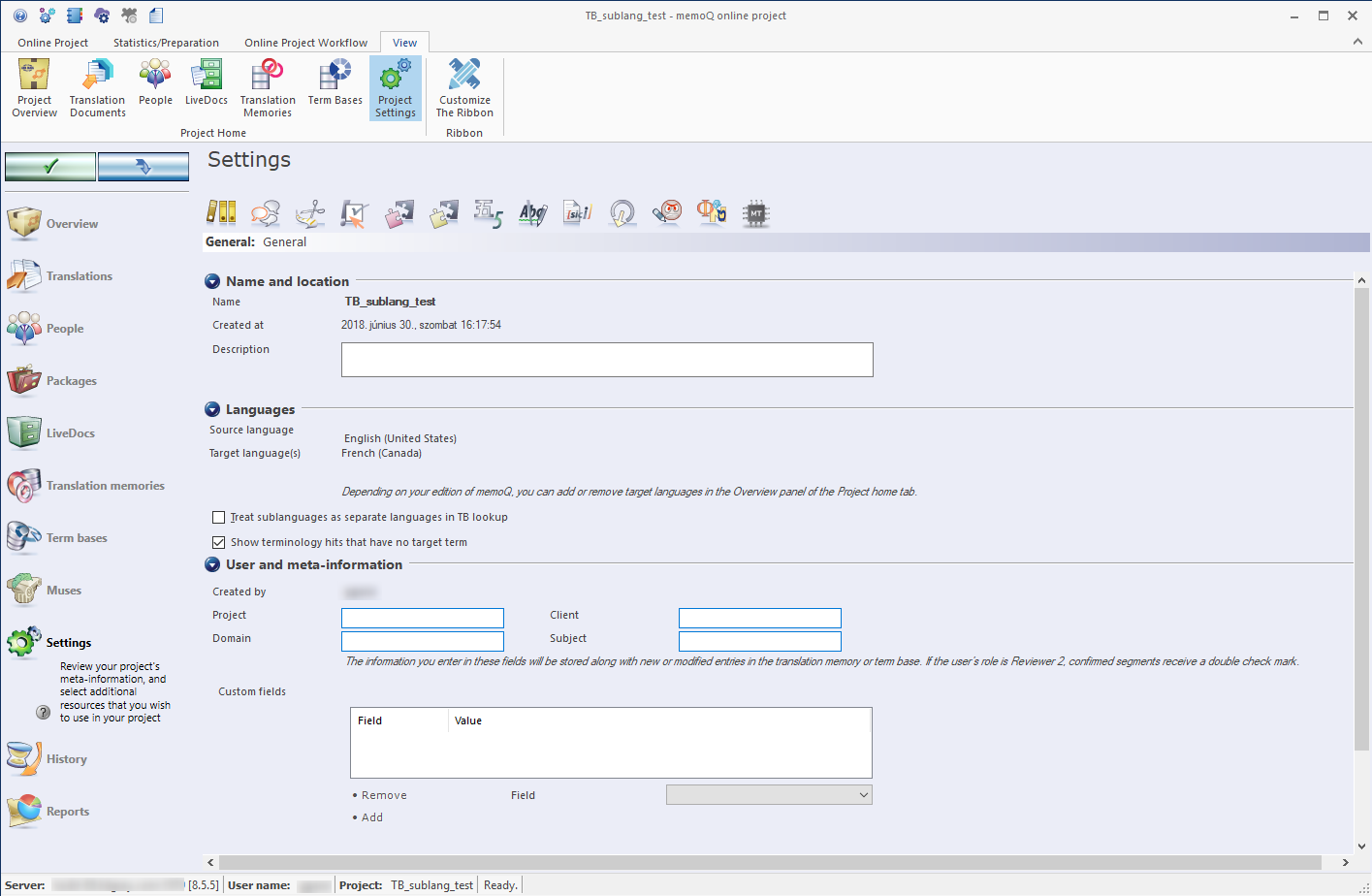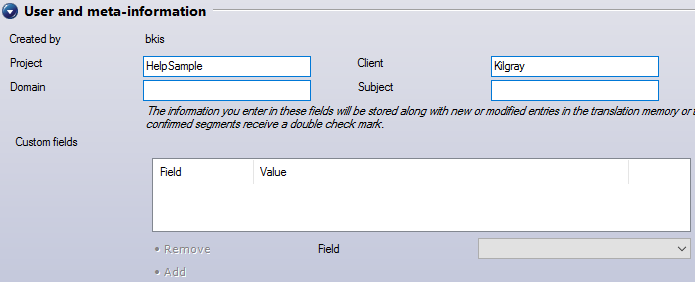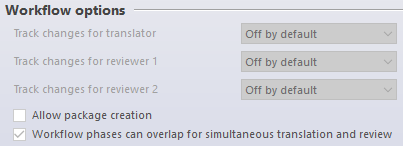memoQ online project - Settings - General
In the General tab, you can view the main details of an online project, change some additional details, and view or change some options of the project - for example, whether or not translators can download packages.
Requires memoQ project manager: You need the project manager edition of memoQ to manage online projects.
You need to be a project manager or an administrator: You may manage online projects only if you are a member of the Project managers or Administrators group on the memoQ server – or if you have the Project manager role in the project.
How to get here
- On the project management dashboard, find the project you need to manage. Search for the project if needed.
- Click the name of the project.
- On the Project ribbon, click Manage. A new memoQ online project window opens. In most cases, the Translations pane appears automatically.
- On the left, click the Settings icon. The Settings pane appears, with the General tab.

What can you do?
If you can't see the Name and location section: Click the arrow icon before Name and location.

To change the description of the project, type it in the Description box. It is saved automatically.
If you can't see the Languages section: Click the arrow icon before Languages.

Cannot change the languages here: To add target languages to the project, go to the Overview pane, and click Add new target language.
You can also change if memoQ treats sublanguages (such as German-Austria) as separate languages. Normally, it does not: If the source language of the project is German (Germany), and there is a match in a term base in German (Austria), memoQ will offer the match. To be strict, and offer matches only if the sublanguage is the same, check the Treat sub-languages as separate languages in TB lookup check box.
In project packages: from memoQ 8.5, this setting also works with package-based online projects. If a project is created on a memoQ server 8.5 or newer, earlier versions of memoQ translator pro show no sub-language hits. Versions 8.5 and newer show hits from all sub-languages if this setting is checked, and they show only hits from project languages if unchecked.
Normally, memoQ offers term base results that do not have terms in the target language. To hide these results, clear the Show terminology hits that have no target term check box.
If you can't see the User and meta-information section: Click the arrow icon before User and meta-information.

View or change the Project, Client, Domain and Subject boxes.
In addition, you can set the default values of custom fields that memoQ saves to the working translation memory when you confirm segments during translation. Under Custom fields, you choose from the custom fields that are there in the working translation memories of the current project.
Cannot add custom fields if the working TM has none: If none of the working translation memories have any custom fields, you cannot add default values here. To check or change the custom fields of a translation memory: Go to the Translation memories tab. Right-click a translation memory, and choose Properties. The Translation memory properties window opens. To view or change the custom fields, click the Custom fields tab there.
- To add a value: From the Field drop-down box, choose a custom field. Then, type or choose a value in the Value box. For picklist fields, memoQ offers the list of possible values. Click Add.
- To remove a value: In the Custom fields list, select a custom field. Click Remove.
If you can't see the Project options section: Click the arrow icon before Project options.
Under Project options, you can view the various settings that were configured when the project was created.
Workflow options

Check how translators and reviewers can track changes in the project. You cannot change the settings here. This example shows the default setting - tracking changes is turned off at first, but everyone can turn it on for themselves.
You can also check here if the project allows packages - or else it's possible to review documents while the translation is still in progress.
Resources in desktop projects

Check here if translators can download offline copies of translation memories and term bases when they check out the project. You may need to check this if some translators have network problems.
Resources in packages

You can see this if you are using packages with your online project. Check the following:
- Is there a project TM and a project term base in the packages?
- Are the entire TMs and term bases included in the packages, or else
- Are the TMs, term bases, and LiveDocs corpora linked to the server in the packages?
Linked means that the resources are not inside the package. The translators' copy of memoQ will connect to the memoQ server for the TMs, term bases, and LiveDocs corpora.
Document options

Check the following:
- Can users join and split segments in their copies of the documents?
- Can users export the translated documents on their computers?
- Will users see the preview of the documents?
Document versioning

Normally, memoQ keeps track of the version history of each document.
Check here if the project manager switched this off when they created the project.
When you finish
On the Settings pane, choose another tab. Or, choose another pane in the memoQ online project window.
If you make changes to any of the settings, don't forget to save them.
When you make changes to an online project, the changes will happen on memoQ server, not on your computer. It is possible that several users make changes to the project at the same time.
Some changes are not saved automatically. When there are changes you need to save, the green tick mark icon at the top left will become orange:
![]()
To save changes to the online project, click this button.
To get the changes that others made to the online project, click this button:
![]()
Make sure you save your changes before you click this.
Switch windows: You can open several online projects for management. Each online project opens in a separate window. To switch between them and the Dashboard or Project home (if you have a local project open): press and hold down Alt, and press Tab a few times until you get to the window you want. Or: On the Windows taskbar, click the memoQ icon, and then click the window you want to switch to.